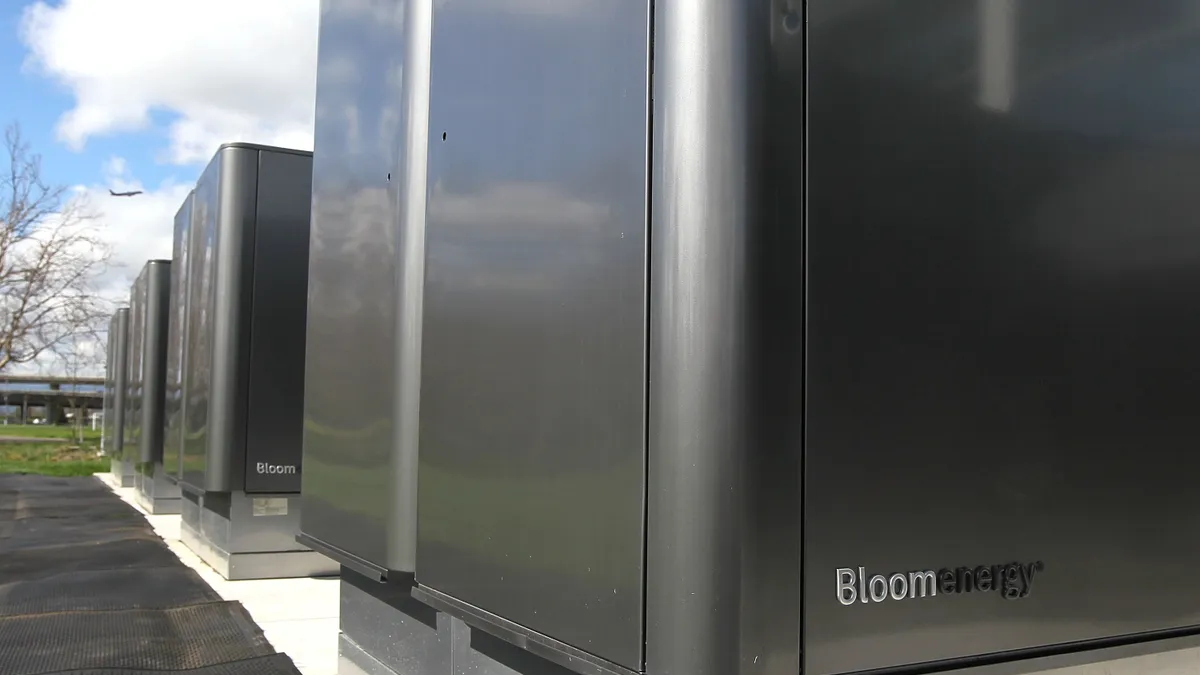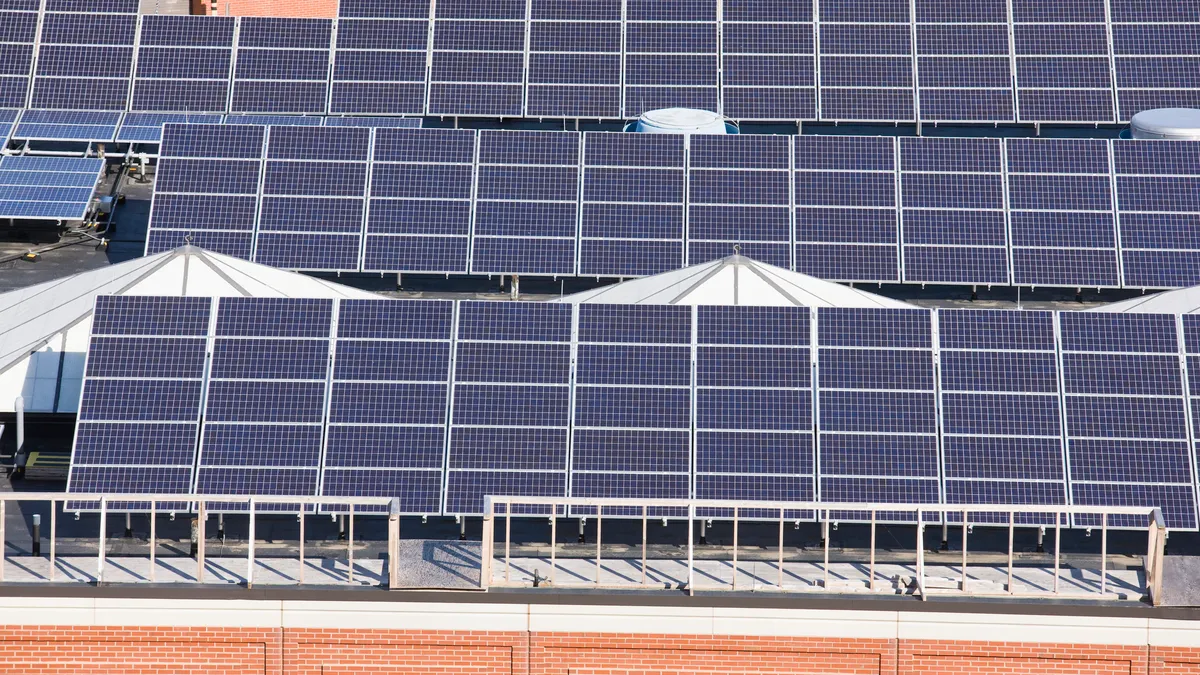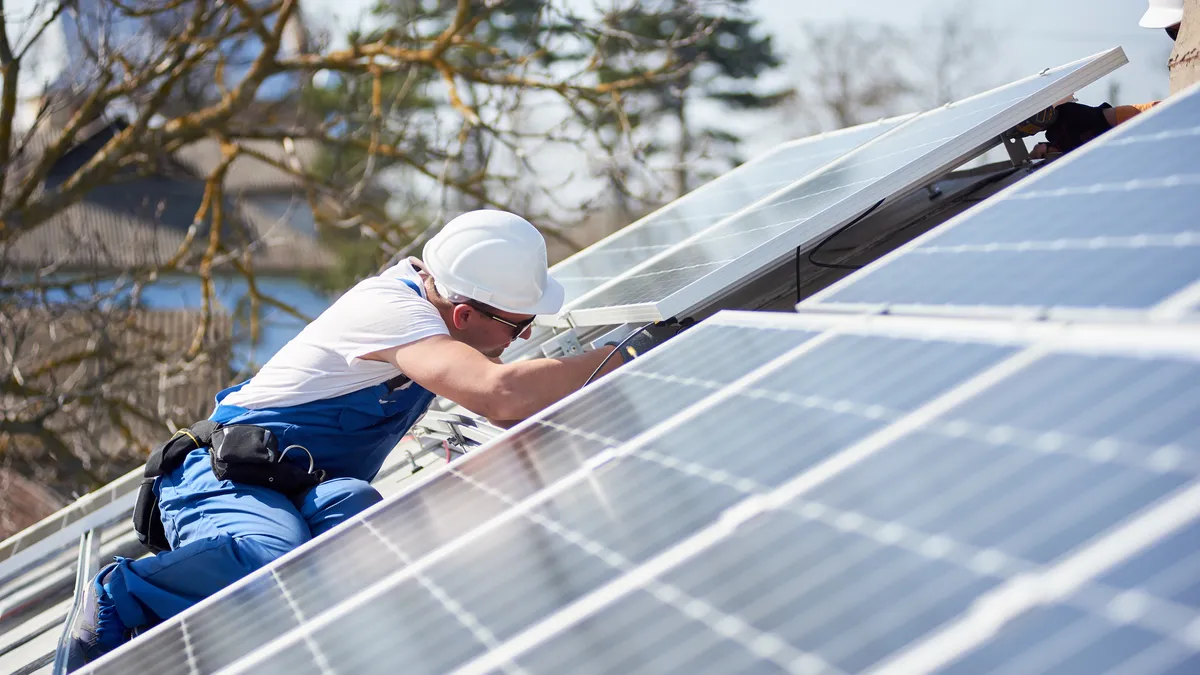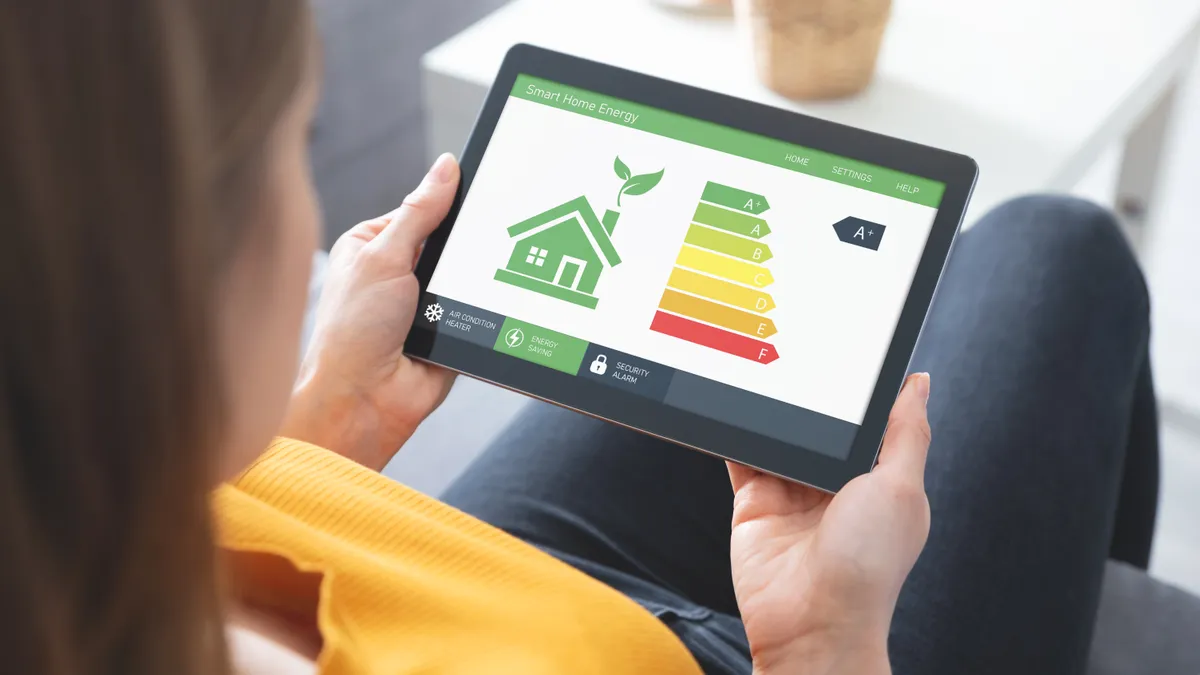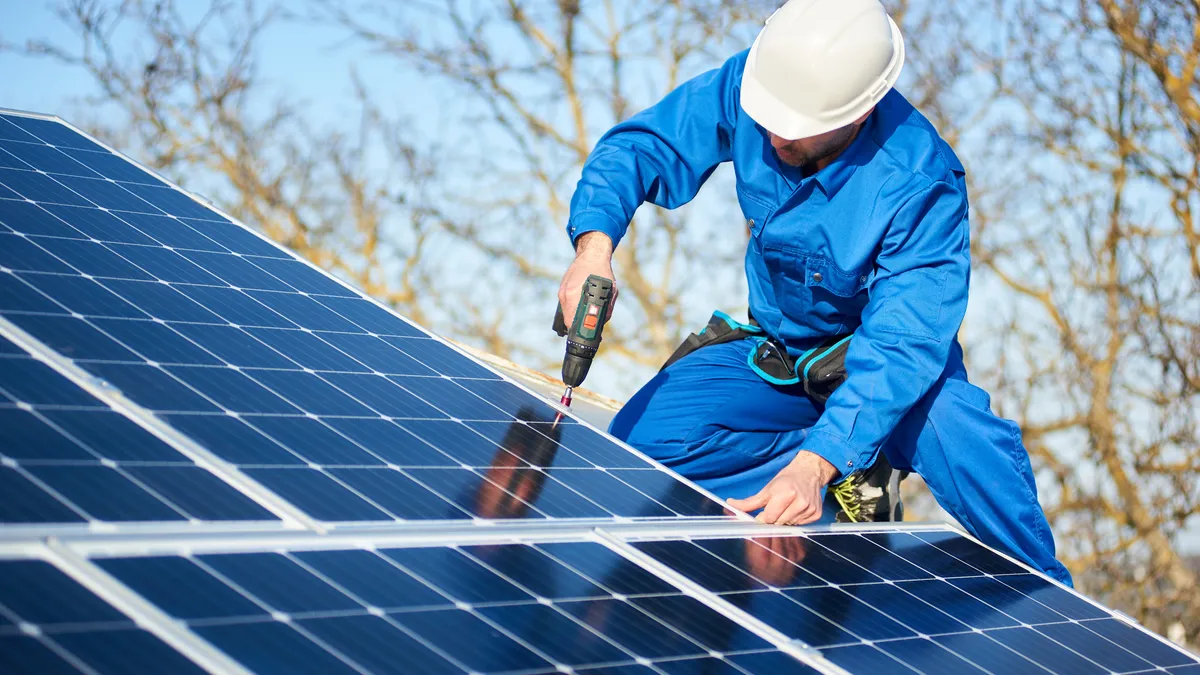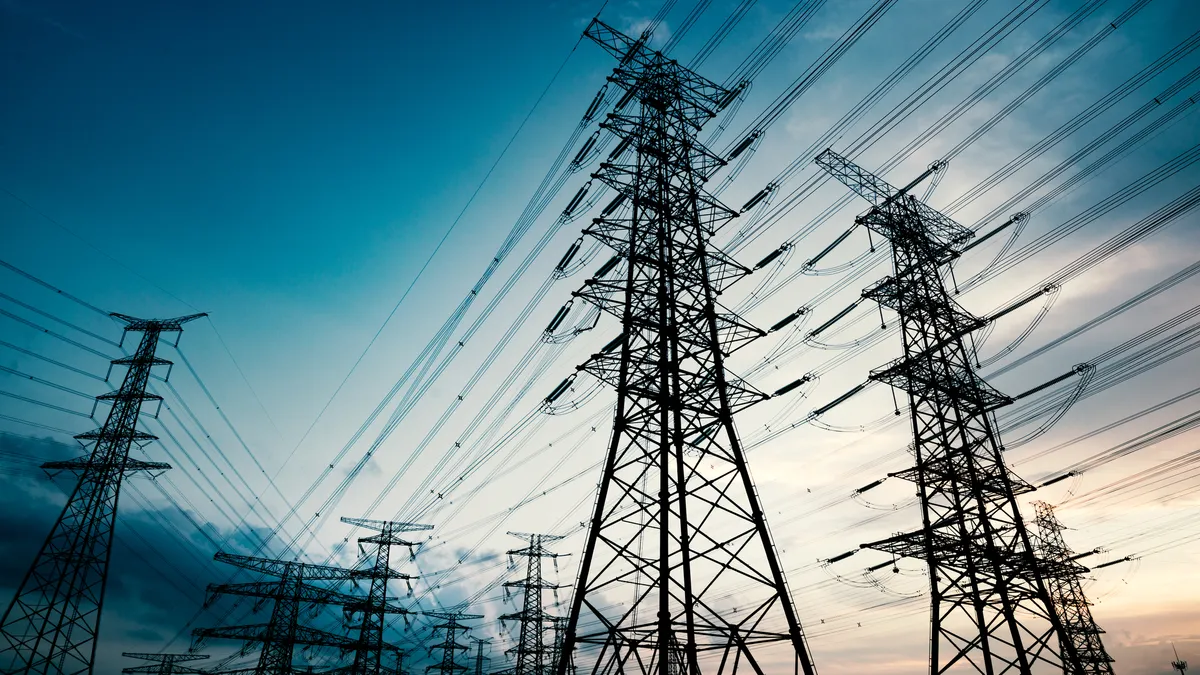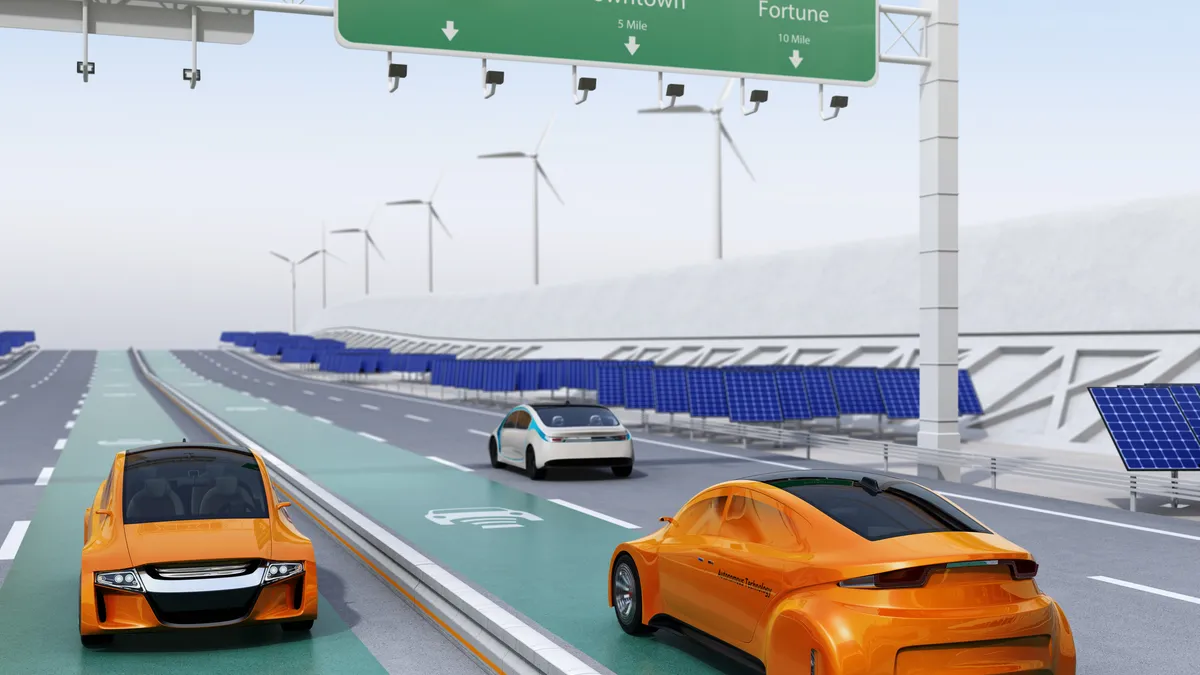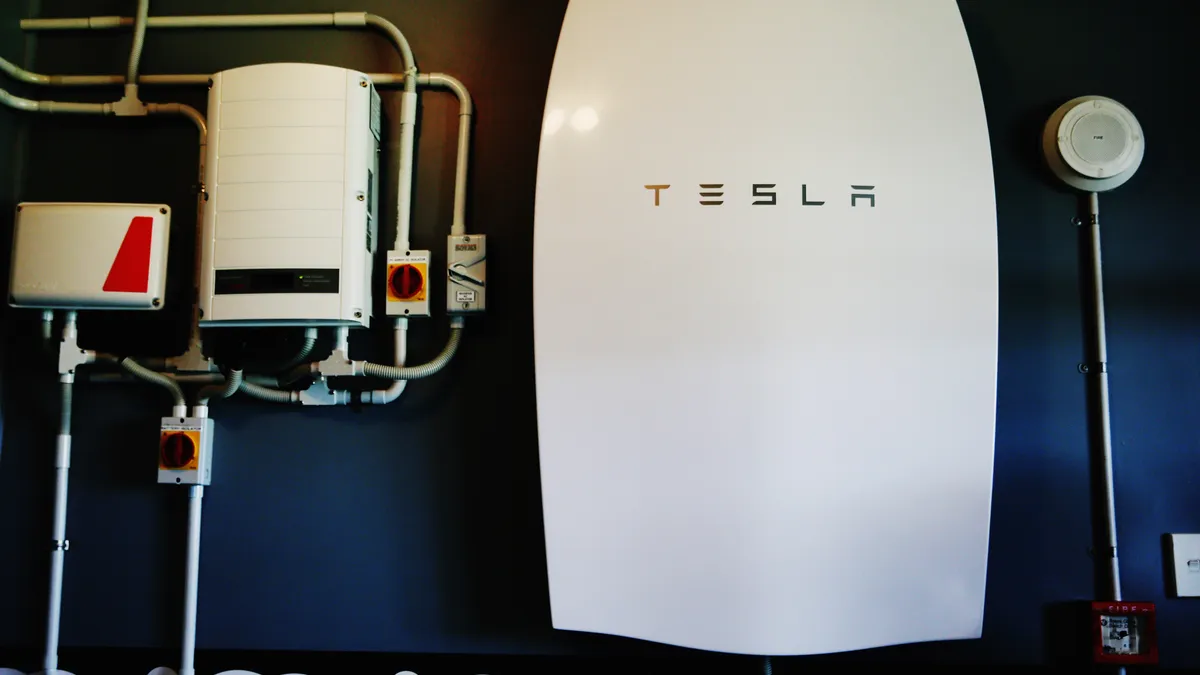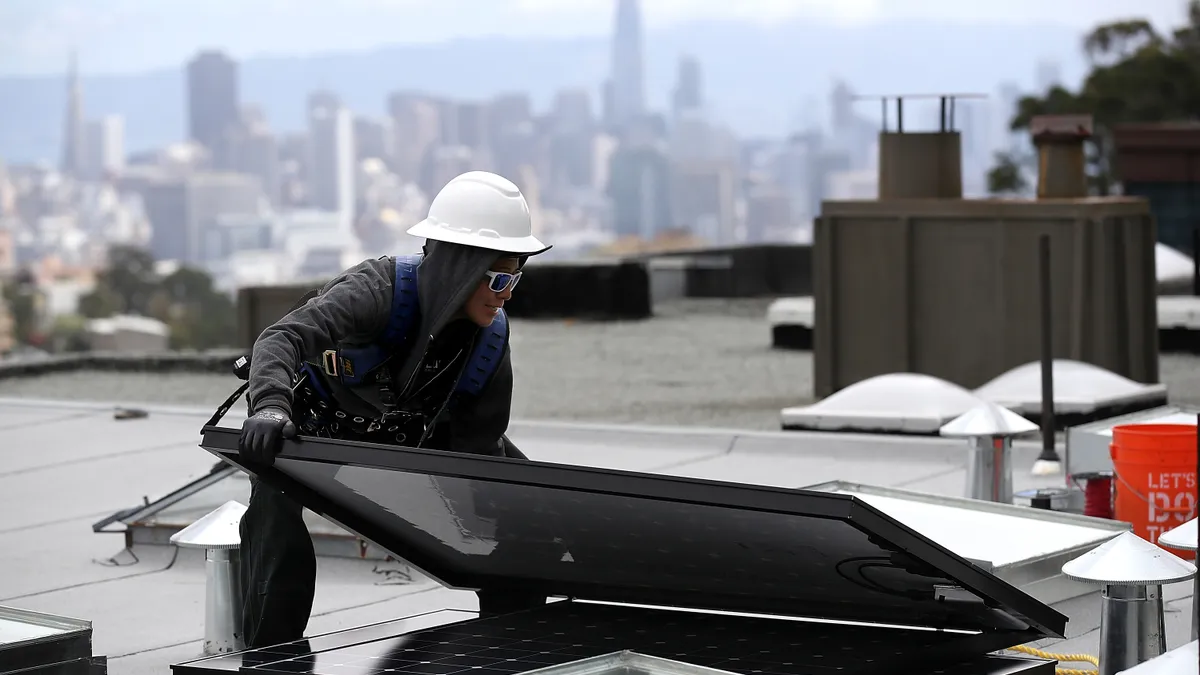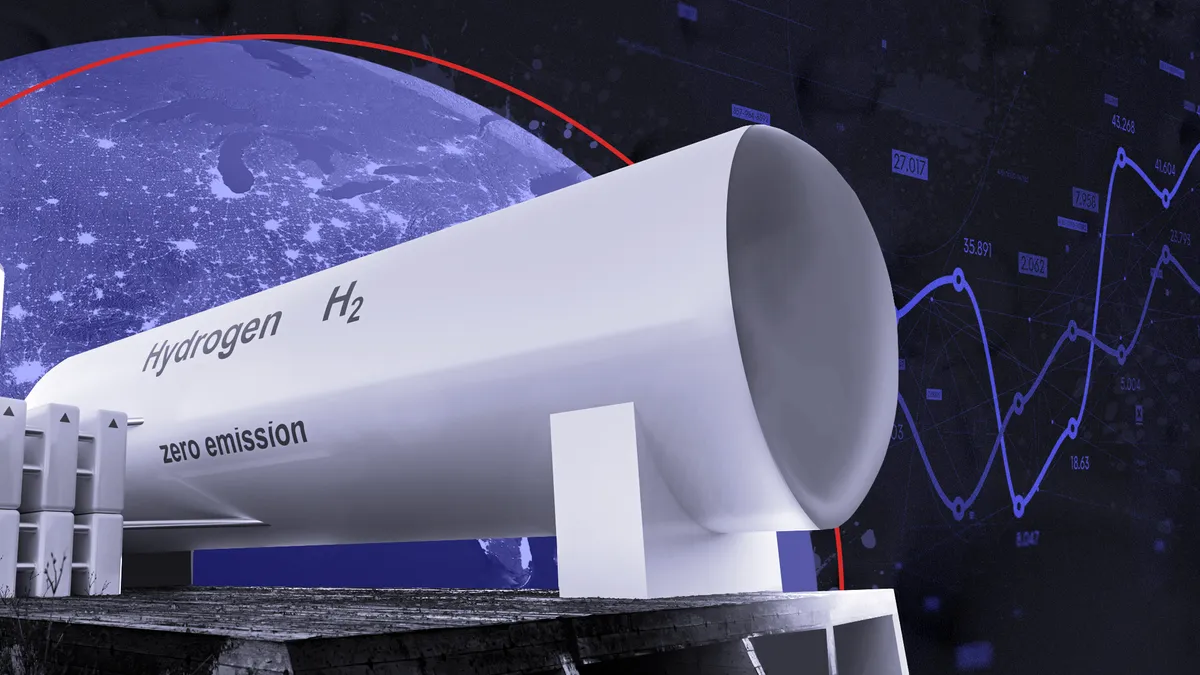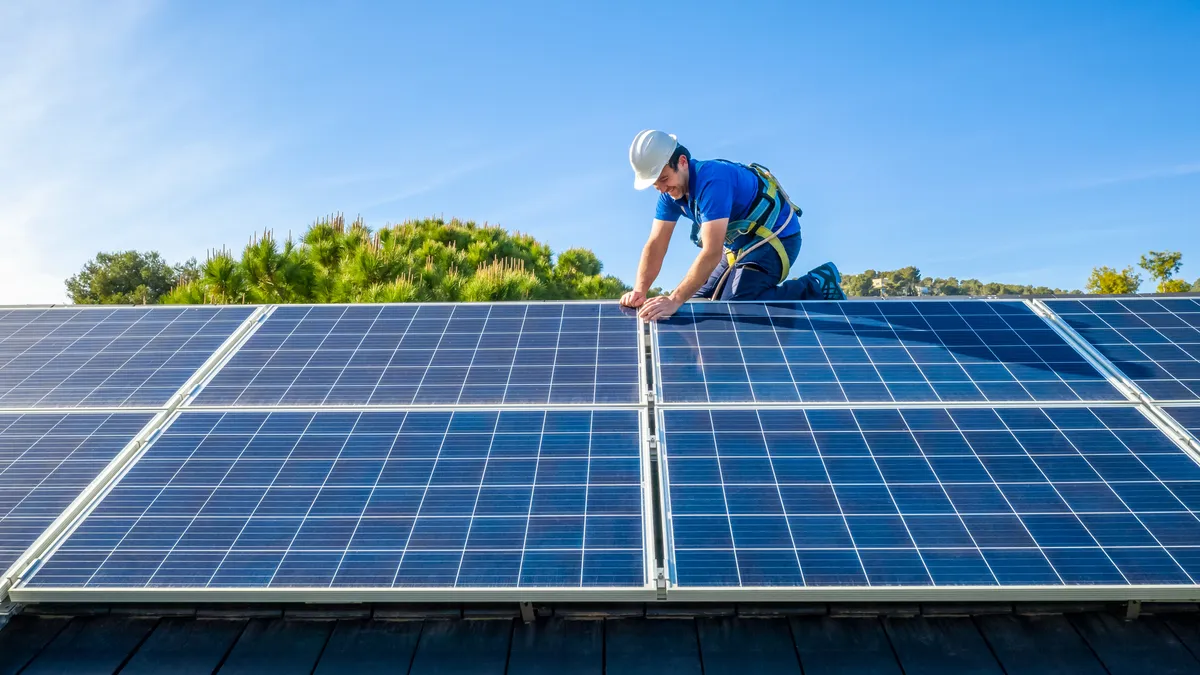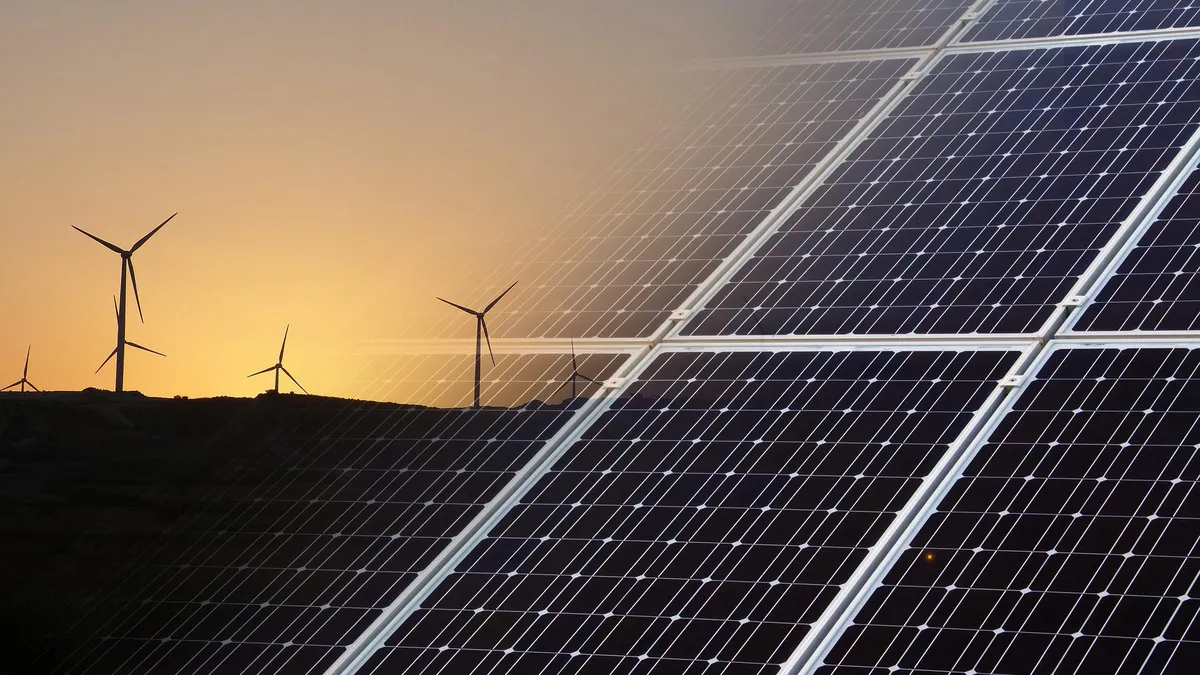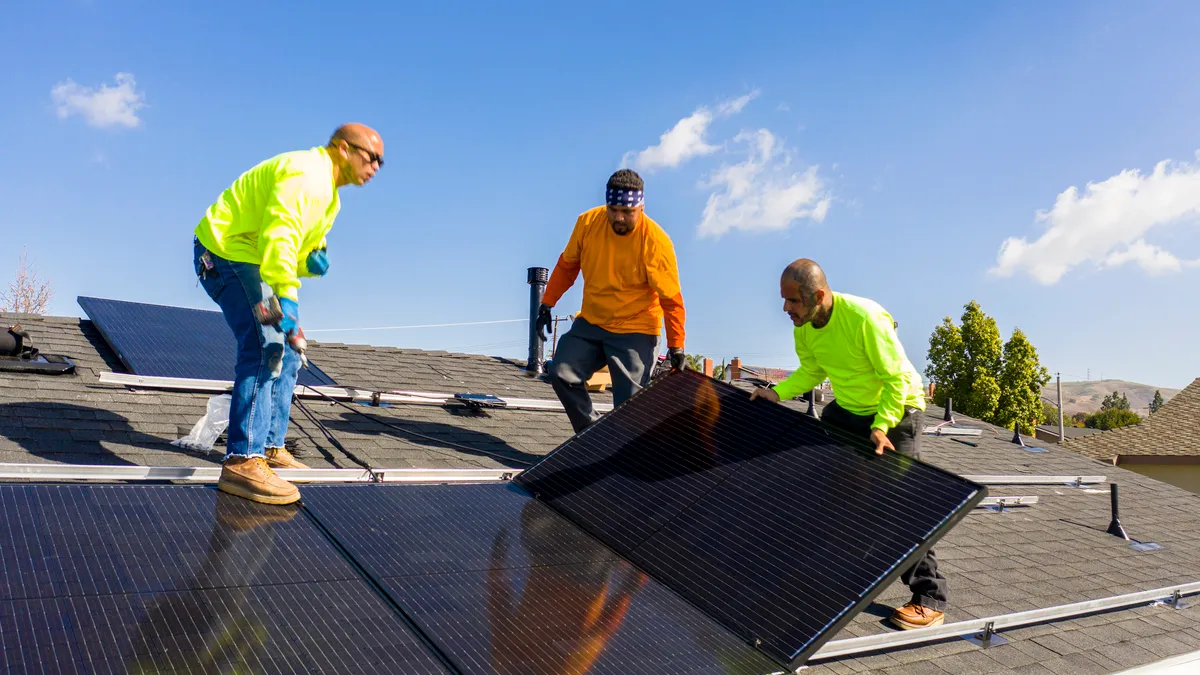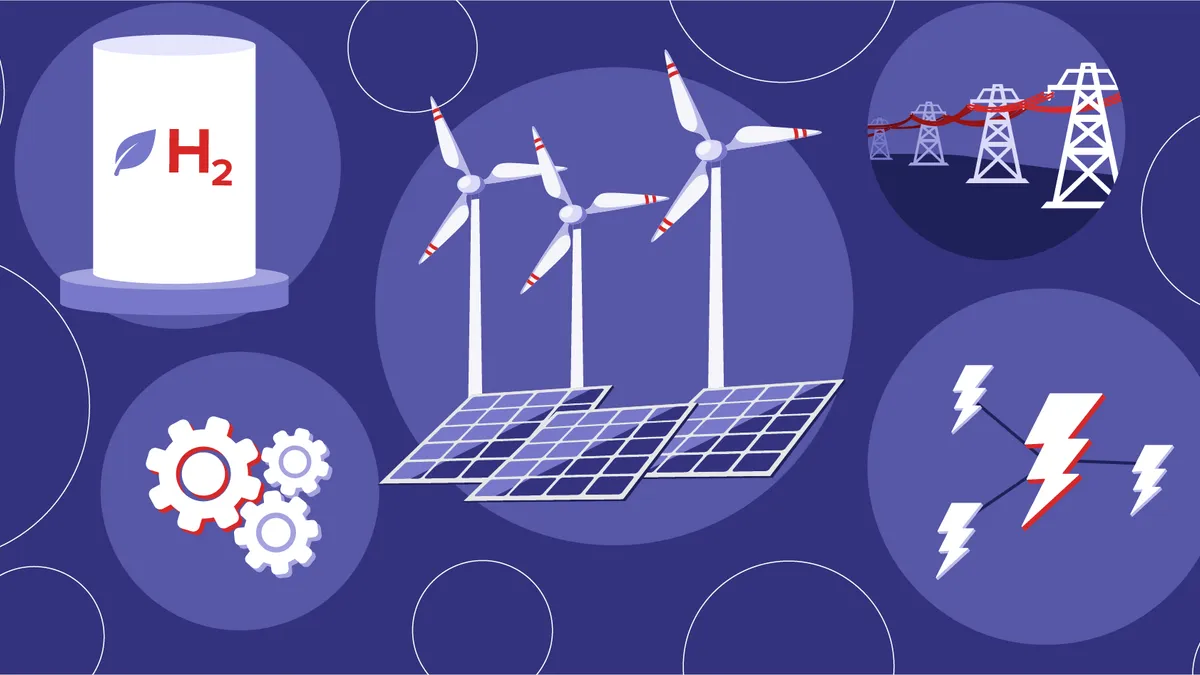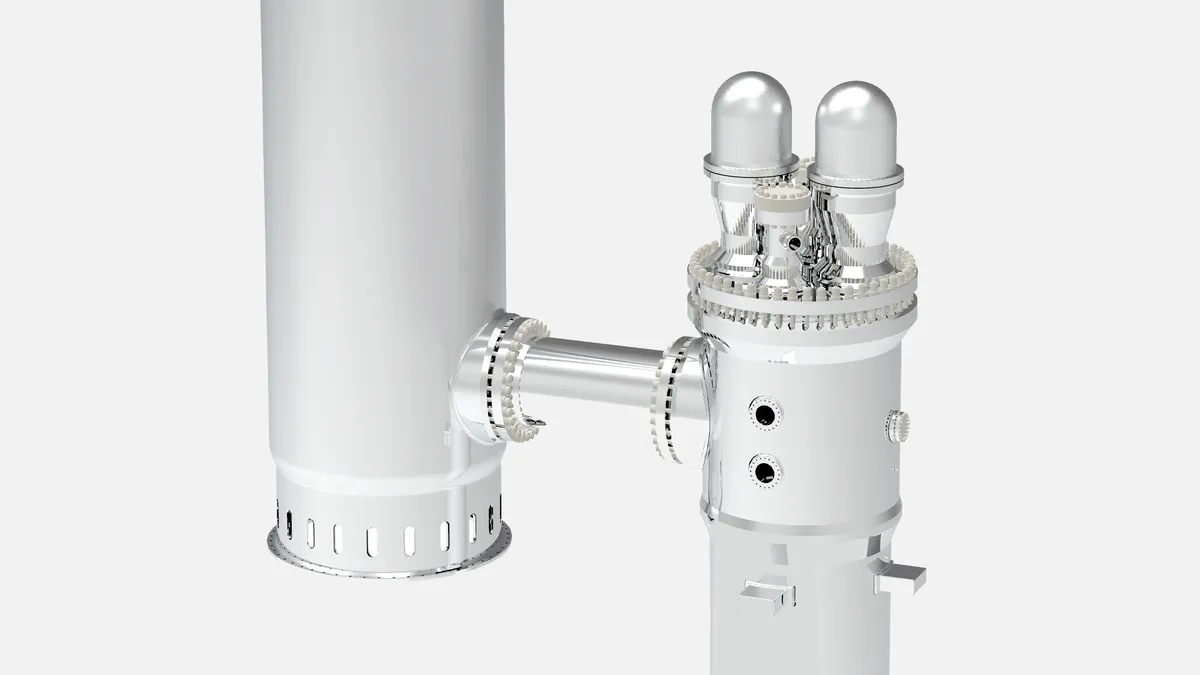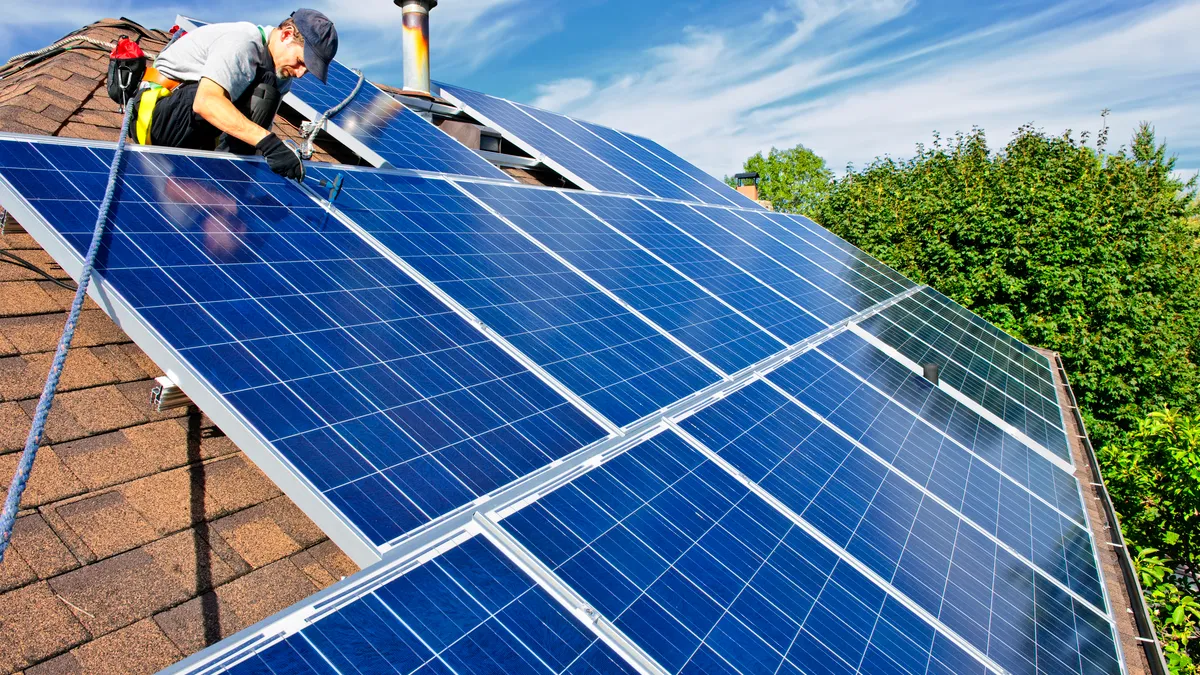Distributed Energy: Page 12
-
New Bloom Energy fuel cell factory expected to produce over 1 GW a year amid rising reliability threats
The $200 million facility will help Bloom meet the growing demand for its fuel cells to provide power during outages and periods of intense demand on the grid.
By Elizabeth McCarthy • July 26, 2022 -
ENGIE, clean energy groups press FERC to approve ISO-NE plan for state review of DER interconnections
The proposal would remove major barriers to distributed energy market participation in New England, the supporters said.
By Ethan Howland • July 22, 2022 -
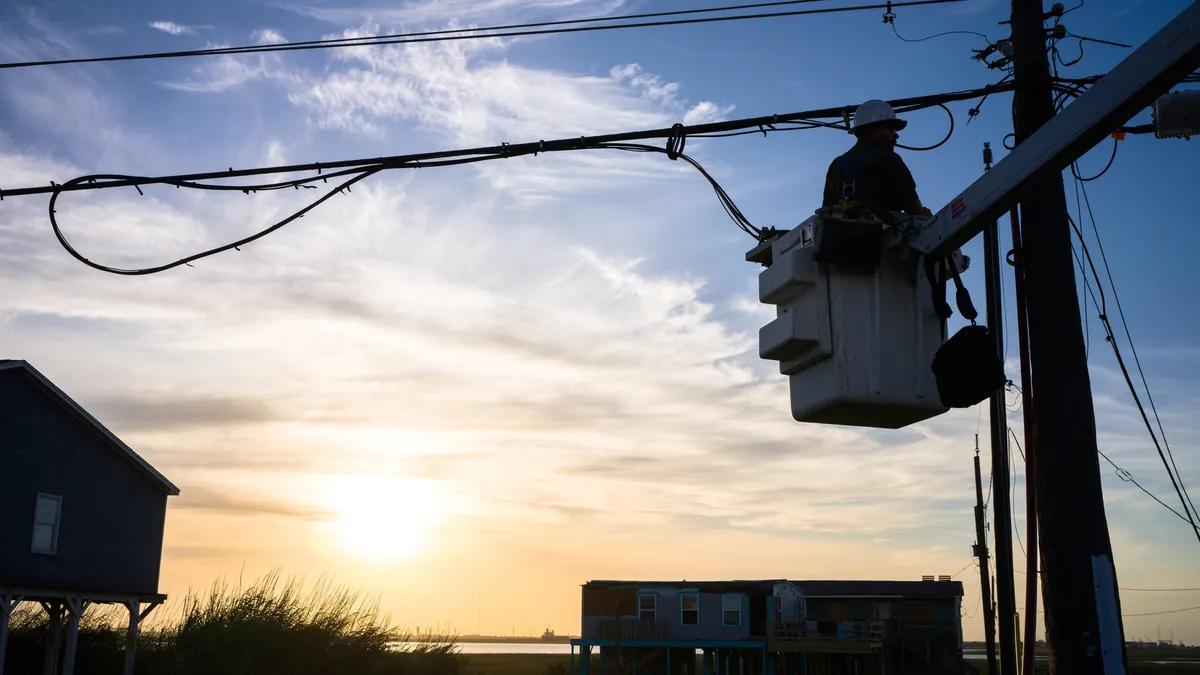 Explore the Trendline➔
Explore the Trendline➔
 Brandon Bell/Getty Images via Getty Images
Brandon Bell/Getty Images via Getty Images Trendline
TrendlineAI in the Power Sector
Artificial intelligence is uniquely positioned to impact the electricity industry from both ends: as the technology driving large load demand growth and as a tool with the potential to make the power system more efficient.
By Utility Dive staff -
New Mississippi rule requires utilities to pay low-income customers up front for solar installations
Mississippi Power Co. will offer up to $5 million a year in rebates and Entergy Mississippi will have a $10 million budget for rooftop solar rebates, of which 50% must go to low-income customers.
By Emma Penrod • July 14, 2022 -
Deep Dive
High energy prices, Ukraine war and rising demand response potential spur energy efficiency efforts
New energy efficiency as demand response opportunities can meet customer and system needs as well as set the EU and the world free from both Russian energy and stopgap coal burning, International Energy Agency leaders said.
By Herman K. Trabish • July 11, 2022 -
Midcontinent ISO defends plan to wait until 2030 for distributed energy aggregations
Dismissing arguments by state regulators, the grid operator on Friday said it needs time to handle other priorities.
By Ethan Howland • July 11, 2022 -
Idaho Power kicks off process to consider net metering study
Regulators must assess the study as a “credible and fair” analysis before the utility proposes changes to net metering, but environmental advocates see the effort as a path for Idaho Power to restrict distributed solar.
By Iulia Gheorghiu • Updated July 7, 2022 -
Deep Dive
Upheaval in utility regulation emerging nationally as Hawaii validates a performance-based approach
Hawaii’s hard work on a PBR framework that protects utilities, consumers and the environment is paying off, but other states’ shortcuts could undermine success, advocates worry.
By Herman K. Trabish • July 5, 2022 -
Sponsored by XENDEE
Making EV charging a reality across the nation
Most utility industry experts agree that electricity is well-positioned to take the lead as the fuel of choice for automotive transportation.
By XENDEE • July 5, 2022 -
PG&E, Tesla launch program to use customers’ Powerwall batteries to tackle California reliability concerns
A pilot program to turn Tesla’s distributed energy storage systems into a virtual power plant as part of a state program to address reliability concerns may be hampered by its short life, warns a storage advocate.
By Elizabeth McCarthy • June 29, 2022 -
California moves to simplify interconnection rules for distributed energy resources
The new approach will potentially allow more projects to pass through the fast-track process, which means they could get interconnected in a matter of months versus many months to a year or more.
By Kavya Balaraman • June 27, 2022 -
Tests show fuel-flexible linear generators can use both hydrogen and ammonia
The generator currently represents a potential low- or no-carbon alternative to backup power generators, according to its manufacturer.
By Emma Penrod • June 22, 2022 -
Utilities, solar industry square off as California reopens record in net energy metering process
Stakeholders disagree on, among other things, how the state should transition customers from the existing net energy metering framework to a new one — what regulators are calling the “glide path.”
By Kavya Balaraman • June 15, 2022 -
Sponsored by Locusview
4 effective ways to meet US decarbonization goals
How can the US achieve meaningful decarbonization goals without sacrificing reliable, stable energy?
June 13, 2022 -
State utility regulators urge FERC to move up MISO's proposed 2030 start date for aggregated DERs
MISO may miss out on reliability and cost benefits by waiting to integrate groups of distributed resources, according to the Organization of MISO States.
By Ethan Howland • June 8, 2022 -
Deep Dive
Rethinking California distribution system operations and grid services markets for a high-DER future
California wants a cost-effective, reliable and equitable power system with well-compensated distributed resources to balance the bulk power system and meet local needs.
By Herman K. Trabish • June 7, 2022 -
Opinion
As contentious net metering debates persist across the US, Connecticut and Hawaii show a way forward
Hawaii and Connecticut are exploring technical and economic solutions, which California, Florida and others can learn from and improve upon, the author writes.
By Patrick Murphy • June 3, 2022 -
Deep Dive
'Dramatic shift' in utility regulations, better pilot designs needed to propel energy transition, DOE report finds
Electric industry players call for innovations in the way regulators handle pilots of new utility and private sector technologies and system operations in a new Department of Energy paper.
By Herman K. Trabish • May 31, 2022 -
Sponsored by GridX
The 4 universal truths of a successful TOU rate transition
Increasing adoption of TOU rates depends on these universal truths of successful programs.
By Brad Langley, VP of Marketing, GridX • May 31, 2022 -
North American Energy Standards Board to work with DOE, national labs on distributed resource definitions
The goal is to set "standardized, technology-neutral grid service definitions that can benefit both wholesale and retail electric market interactions," according to the electric and gas industry forum.
By Robert Walton • May 20, 2022 -
Deep Dive
California's 'affordability crisis' attracts innovative ratemaking and regulatory proposals
Double-digit year-on-year spikes in electricity rates are leading California regulators and stakeholders to search for ways to protect climate goals and rate affordability.
By Herman K. Trabish • May 19, 2022 -
Gov. DeSantis vetoes rooftop solar bill, citing desire to not add to 'financial crunch' facing Floridians
Advocates logged over 15,000 phone calls, emails and postcards from residents asking the governor to veto the measure, which would have allowed utilities to increase customer bills.
By Iulia Gheorghiu • Updated April 28, 2022 -
Texas regulators look to distributed resources, additional coal reserves, to boost reliability
Coal stockpiles may boost reliability, but Public Utilities Commissioner Lori Cobos questioned, "what are we ultimately going to have to pay for, a pile of coal? Or are we going to be asked to pay for a scrubber?"
By Robert Walton • April 22, 2022 -
New York approves transmission contracts to advance Clean Path NY, Champlain Hudson projects
The Public Service Commission also expanded a key development program for distributed solar in the state.
By Robert Walton • April 20, 2022 -
Deep Dive
Reliability concerns drive need for energy market design reforms, but regions diverge in FERC proceeding
Filings from FERC proceedings show a one-size-fits-all reform can't sufficiently address regional market diversity, but federal guidelines can target growing uncertainties and costs from rising variable and distributed resource penetrations.
By Herman K. Trabish • April 11, 2022 -
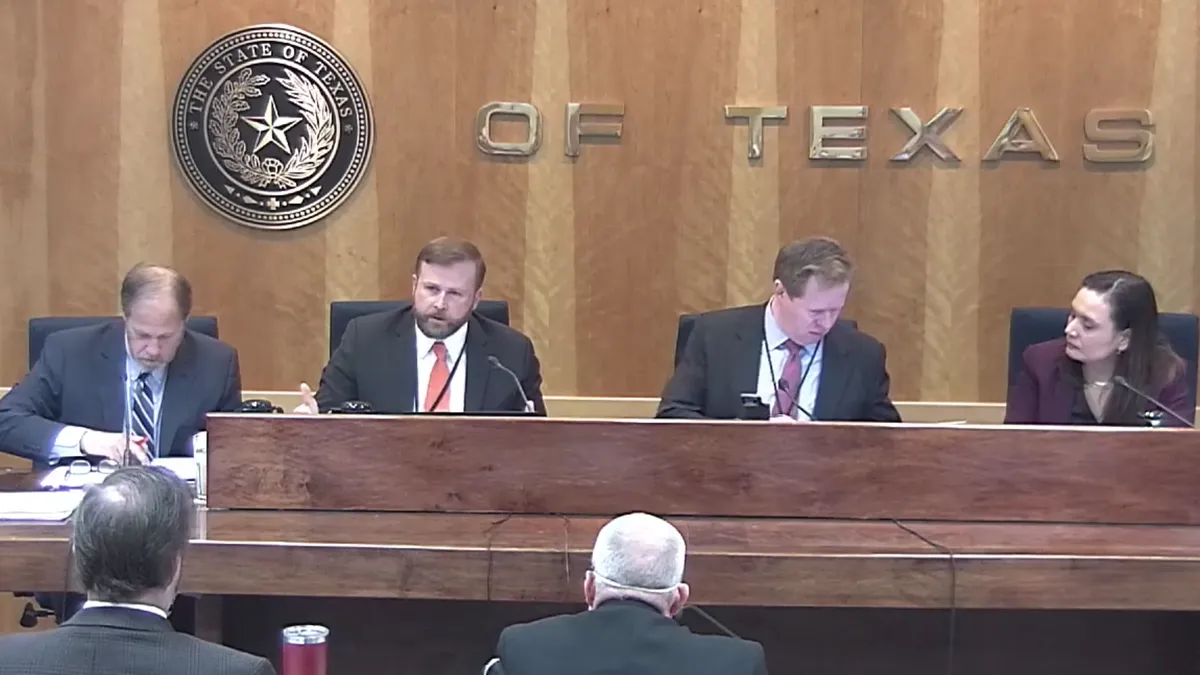
 Retrieved from Public Utilities Commission of Texas.
Retrieved from Public Utilities Commission of Texas.
To enhance reliability, Texas regulators will consider standardizing distribution system interconnections
The Public Utility Commission of Texas standardized transmission interconnection rules more than two decades ago and is now considering a similar move for distribution-level resources.
By Robert Walton • April 4, 2022

